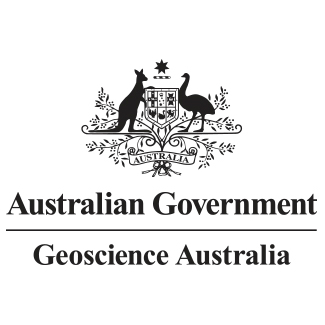Brief description
The radiometric, or gamma-ray spectrometric method, measures the natural variations in the gamma-rays detected near the Earth's surface as the result of the natural radioactive decay of potassium (K), uranium (U) and thorium (Th). The data collected are processed via standard methods to ensure the response recorded is that due only to the rocks in the ground. The results produce datasets that can be interpreted to reveal the geological structure of the sub-surface. The processed data is checked for quality by GA geophysicists to ensure that the final data released by GA are fit-for-purpose. This radiometric potassium grid has a cell size of degrees (approximately 40m) and shows potassium element concentration of the Yathong airborne magnetic gradient and radiometric survey, 2023 in units of percent (or %). The data used to produce this grid was acquired in 2023 by the NSW Government, and consisted of 65504 line-kilometres of data at 200m line spacing and 80m terrain clearance.Lineage
Maintenance and Update Frequency: notPlannedNotes
PurposeThe data were acquired in collaboration with the Geological Survey of New South Wales (GSNSW) to provide high-resolution geological information across ~11,400 km2 of central NSW. The data has applications in mineral exploration (including critical minerals), groundwater, hydrogen, and soil mapping studies.
Created: 05 02 2024
Issued: 12 02 2024
Data time period: 21 05 2023 to 14 09 2023
text: westlimit=144.78386727092095; southlimit=-33.12663755679236; eastlimit=145.7910897670009; northlimit=-31.758137496427626; projection=GDA2020 (EPSG:7844)
User Contributed Tags
Login to tag this record with meaningful keywords to make it easier to discover
The Geophysical Archive Data Delivery System (GADDS2) portal provides HTTP download of geophysics datasets in a number of formats. Point and line datasets are available in NetCDF and ASEG-GDF2. Grid datasets are available in NetCDF, GeoTIFF and ERS. (File available for download in various formats from the GADDS2 portal)
- DOI : 10.26186/149164

- global : f4690890-52d0-46a3-8e79-0d38cfa76717


